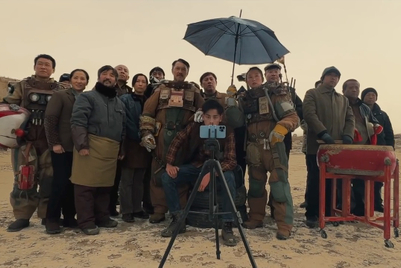
Background
In Southeast Asia orange-flavoured fizzy drinks such as Fanta and Mirinda hold sway at the Chinese New Year dining table thanks to their association with mandarin oranges which are traditionally exchanged during the festival. Just as Coke is now synonymous with Christmas in the west, the brand wanted a place at the year's most important dinner for the Malaysian Chinese.
Aim
How do you make a modern-day (non-orange-flavoured) brand a part of a century old custom?
Execution
Working with Ogilvy Action Malaysia, Coke redesigned the label on its bottles to be more 'auspicious' for Chinese New Year 2013. The brand was changed to 'happiness', a character which also happens to be part of the Coca-Cola name in Chinese. When the drink is poured, happiness is symbolically introduced because in the Chinese language, the act of turning something upside-down shares the same sound as the word 'arrive'.
“The word “乐” itself was the ‘aha’ moment for us” said Mahesh Neelakantan, managing director OgilvyAction Malaysia. “The next logical step was to brand every single Coke bottle with the word “乐”which symbolises happiness, which will give Chinese mothers a great reason to put a Coca-Cola in the centre of the reunion table this Chinese New Year.”
The character was embedded in a diamond-shaped design, common in all Chinese single-character auspicious greetings, and a total of 38 auspicious elements inspired by meaningful dishes and symbolic items were used. The number was chosen because in Chinese, three sounds like 'alive' and eight sounds like 'prosper'.
" We decided to design our happiness symbol in the form of Chinese traditional paper cutting – another age-old custom where Chinese families use to put on their front door, hang around the house and even pasted on Mandarin oranges as symbolism of prosperity, health and good fortune," added Neelakantan.
Results
The logo change resulted in a 43 per net increase in total sales for the month of February, compared to the same month a year ago.



.jpg&h=334&w=500&q=100&v=20250320&c=1)


.jpg&h=334&w=500&q=100&v=20250320&c=1)


.jpg&h=334&w=500&q=100&v=20250320&c=1)


.jpg&h=268&w=401&q=100&v=20250320&c=1)

.jpg&h=268&w=401&q=100&v=20250320&c=1)




